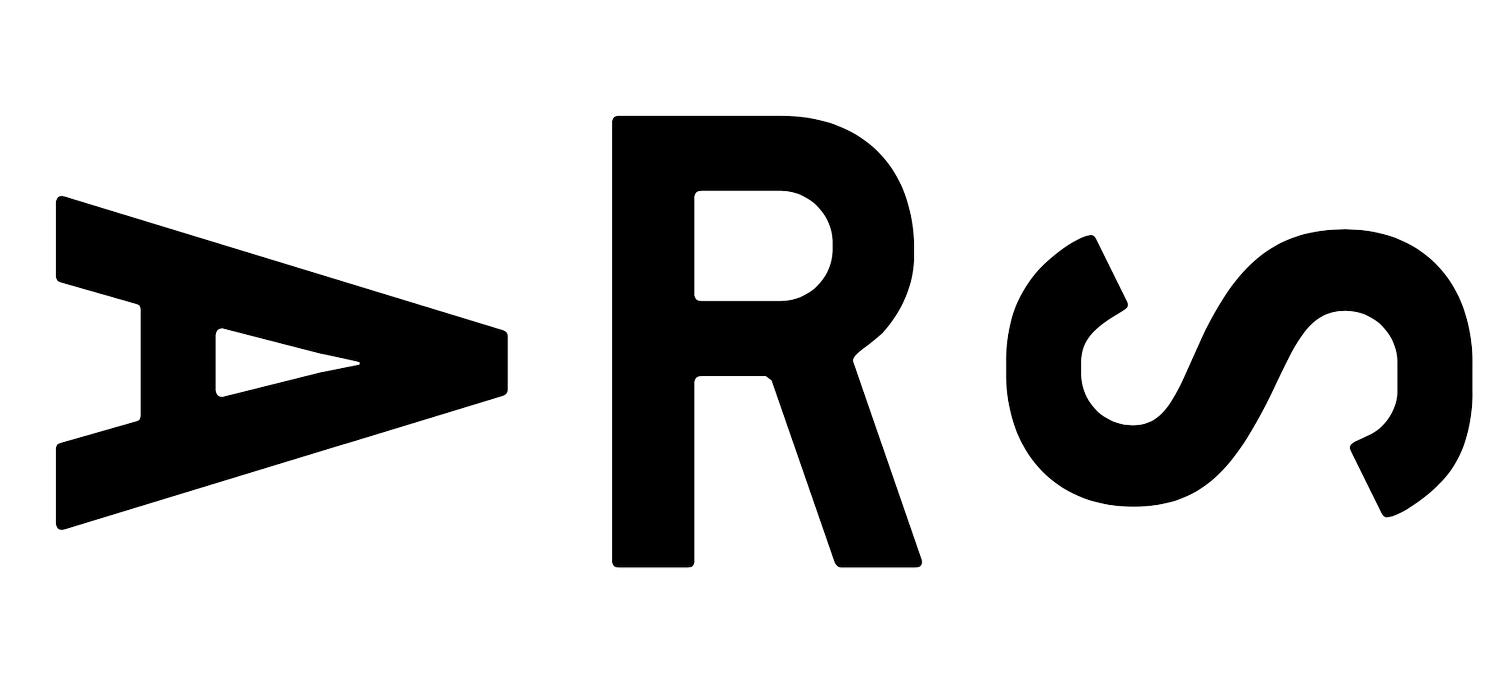Meaning Making Machine
∎
Meaning Making Machine ∎
Meaning Making Machine (MMM)
A Deep Dive into Personalisation and Design
The MMM represents a significant milestone. It was the final project for my MA/MSc in Global Innovation Design, embodying my explorations into the realm of recommendation models for object customisation. This project proved to me that these speculative ideas were not only possible but also held vast potential, albeit with complexities as we'll see.
The original vision for MMM was to create an environment encouraging participants to engage with various stimuli, thus uncovering their preferences. The data gathered from these interactions would feed into a model, creating bespoke objects. Unfortunately, due to time constraints (a tight five-month schedule) and a limited budget, I had to scale down this plan. Instead of a full environment, I shifted focus to designing a more manageable singular touchpoint—a decision that would greatly influence the project's trajectory.
Envisioning the MMM
My fascination with personalisation started with a simple childhood hobby: collecting rocks. This interest matured into a profound love for meteorites. Holding a meteorite for the first time, I was struck by its significance—a tangible piece of the cosmos, a symbol of endurance and rarity. This experience laid the groundwork for my later realisation in a Tokyo design store in 2014. Despite the store's beautiful items, they felt devoid of meaning. This sparked a critical question: how can we intentionally design objects to be imbued with deep, personal significance? This goes beyond the common applications of personalisation we see today, like engraving initials into wallets or building playlists of recommended songs. I wanted to explore if objects could be designed to be meaningful.
Reflecting on Personalisation
The concept for a modular amulet stemmed from inquiring about the attributes that made my meteorite special. If I combine two objects with different meanings, does the resulting object become meaningful in a different way? Antiquity is full of meaningful objects, and even though it’s clear that the beliefs that enabled them in the first place have changed, amulets are still popular worldwide. Looking back into the history of powerful objects seems like an obvious place to start, so I started visiting as many museums as I could. I also interviewed friends about their relationship with objects they considered meaningful. Less sophisticated examples like Pandora bracelets were everywhere, but I was envisioning something deeper and more personal.
The Modular Amulet Concept
Building the Data Model: Challenges and Innovations
Implementing the MMM required an out of the box approach to data and model training. I utilised Recombee, a recommendation engine typically used in e-commerce, and built a database of varied objects I chose. Gathering initial data from users provided the starting data points for the model. I asked volunteers to classify the objects into mutually exclusive subjective categories like “ugly - beautiful” and objective ones like “small - big”. This approach, while not perfect, was crucial in beginning to understand how people ascribe value and attributes to objects. The ongoing user feedback would further refine the model, a process that was both challenging and insightful. Artists and Designers who contributed with objects include: Cristina Carbajo, Melisa Leñero, Andriana Nassou, Jessica Gregory, Sadi Yetkili and Kelly Fung.
A significant aspect of MMM was quantifying user interactions. Following a series of prompts provided by me, participants chose objects and then placed them on the machine's top tray. Each object had a tag, and beneath the tray, a sensor identified these tags, capturing the user's choices. However, this system was not without its challenges, as the sensor's sensitivity to light fluctuations often led to incorrect data capture.
Quantifying User Interactions
Creating the final object involved numerous considerations, from the technicalities of combining the chosen elements to the aesthetic presentation. My architectural background was invaluable in conceptualising and solving the combination mechanism. I treated it like a building project, where each decision—like how to power the machine's motors—influenced other aspects, such as the machine's rotation mechanics.
The Combination Mechanism
Creating the final objects posed a significant challenge. The initial idea of using elements from various religious deities was set aside due to cultural sensitivity concerns. Instead, I opted for more abstract objects crafted from clay, using magnets for attachment. This choice, while respectful, made it harder for participants to connect with the final object, leading to somewhat underwhelming results.
The Outcome Object
The MMM was more than just a machine; it was an ecosystem uniting various components: a repository for the input objects, the participant interaction interface, the necessary electronics to run the model, and the combination mechanism. I chose transparent materials to demystify the process and allow participants to see the inner workings, enhancing their understanding and experience.
The Touchpoint
Concluding Thoughts and Future Directions
In late 2015, while the MMM was being developed, the concept of Surveillance Capitalism hadn’t been introduced yet. Initially, I viewed the extraction and analysis of behavioural data in a positive light, focusing on its potential benefits. In hindsight, I recognise the need for a more balanced and cautious approach to such practices. Reflecting on MMM, I recognise areas for improvement. If I were to redo this project, I'd focus more on understanding the user's connection with meaningful objects and ensuring the reliability of data collection and the recommendation process. A key oversight was the lack of a feedback loop for the model, which would have allowed for continuous improvement.

















